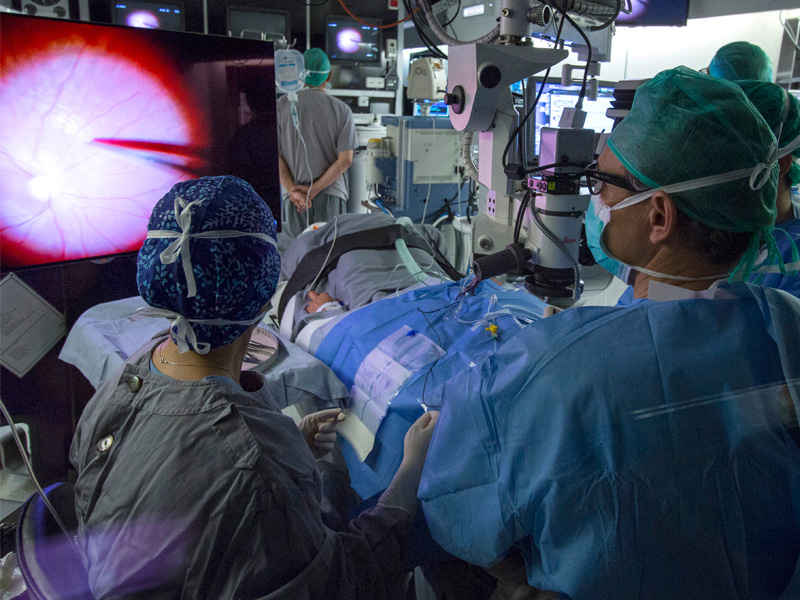What specialist should treat my dark circles?
27/11/2025

30/08/2017
At the Barraquer Ophthalmology Centre we have the Ngenuity 3D Visualisation System, a platform for 3D visualisation of anterior and posterior segment surgery, which arose from a partnership between Alcon and TrueVision 3D Surgical.
These systems allow surgeons to operate with improved contrast, depth of perception and intraoperative field. It also modifies the digital image by enhancing the contrast and different range of colours, thereby facilitating the identification of structures that can, on occasions, be difficult to make out with an optical microscope. However, it makes a top contribution to teaching, as students can see surgery from the same perspective as the surgeon. To date, onlookers would see the surgery in 2D, a very different mode of visualisation compared to stereoscopic vision, which is how the surgeon sees it through the surgical microscope eyepiece.
The 3D visualisation systems for surgery also provide improved ergonomics for surgeons, as the design allows them to keep their head in a vertical position, thereby preventing fatigue.
There are advantages for the patient too. The main benefit is the low light intensity levels that these systems require. Less light is needed to illuminate the retina and the light source can be more diffused. This means the patient experiences less phototoxicity.
Having overcome the delay in perception of instrument movement in the surgical field, the greatest disadvantage of 3D visualisation systems is currently the high rate of dependence on technology compared to the conventional microscope.
There is no doubt that in the future new 3D visualisation systems applied to surgery and, particularly, the introduction of augmented reality will make surgery easier, safer and more efficient.